U.S. Firms Opt to Stay in China Amid Stagflation Fears and India’s Sky-High Tariffs
Input
Changed
Companies Paralyzed by Uncertainty Difficulties in Relocating Investment Tariff Shock Erodes ‘China Plus One’ Strategy
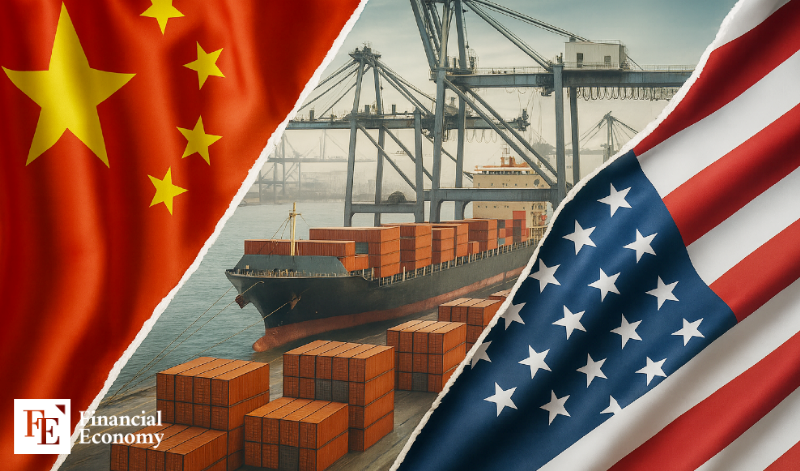
President Donald Trump’s much-touted “China exit” reshoring strategy is showing signs of backfiring. While his aggressive tariff agenda was designed to bring manufacturing jobs back to the United States, many American companies operating in China are opting to remain, calculating that continuing business under uncertainty and tariff burdens is still preferable to relocation.
“Better to Stay in China”: Blowback from Trump’s Tariff Policy
On July 31, Politico reported that despite Trump’s sweeping tariff hikes meant to force corporate withdrawals from China, most firms still intend to maintain or even expand investment there. Executives and business groups cited not only China but also the broad application of Trump’s tariff hikes across other major manufacturing hubs as grounds for viewing China as the least risky option.
The U.S.-China Business Council (USCBC) survey released in July reflected the same sentiment. While more firms are reexamining investment strategies, nearly two-thirds of American businesses in China said they plan to sustain their investment there for now.
Stephen Lamar, CEO of the American Apparel & Footwear Association (AAFA), noted that Trump’s willingness to impose tariffs over disputes unrelated to trade, combined with endless negotiations with Beijing, is prompting companies reliant on Chinese parts to “wait until there’s clarity” rather than make abrupt moves. He added that companies fear shifting production only to be forced elsewhere later.
Indeed, the USCBC’s annual survey found most U.S. firms in China have felt the effects of trade frictions but still plan to expand investment this year. Cameron Johnson, senior partner at Shanghai-based consultancy Tidalwave Solutions, said, “None of what has been made in China will be reshored to the U.S.,” adding that America lacks the ecosystem, workforce, tax incentives, and financing to supplant reliance on China.
Stagflation Fears Heighten Uncertainty in U.S. Economy
The principal driver of corporate hesitation is mounting concern that the U.S. economy could slip into stagflation—a toxic mix of recession and inflation. While the White House continues to push its “No Panicans” slogan, warnings from market analysts and even Trump allies are growing louder. Inflation is increasingly viewed not as a transitory phenomenon but as a structural risk, and labor market weakness is becoming more evident. With tariffs on Chinese goods set to soar from 30% to as high as 80%, the economic impact is expected to intensify further.
This dynamic mirrors developments in 2022, when the Biden administration invoked the Defense Production Act (DPA) to boost domestic semiconductor and battery manufacturing amid supply chain shocks. At the time, rising wages and consumer prices upended those efforts. Concerns mounted that reshoring would exacerbate inflation in an already overheated labor market. Post-pandemic resistance to work has also created acute labor shortages, with companies fearing that relocating plants to U.S. soil would only drive labor costs higher.
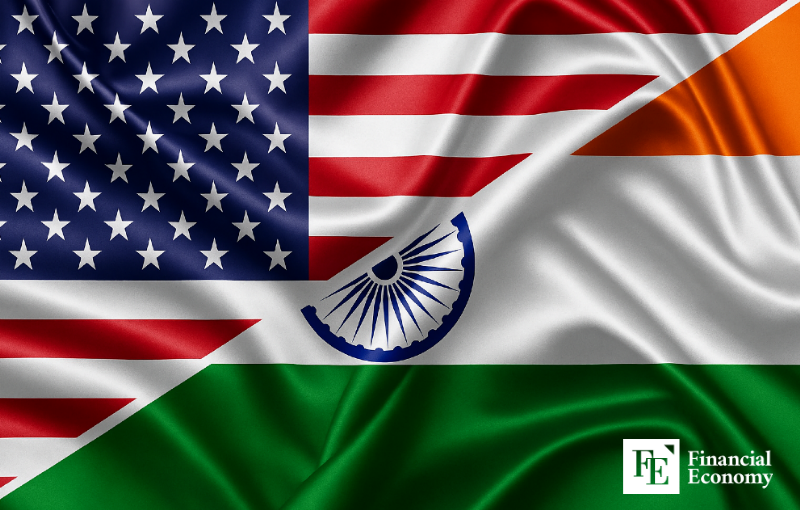
India Hit with Punitive 50% Tariffs, Undermining Its Role as Alternative Base
Another blow to reshoring decisions comes from tariffs. Trump’s reciprocal tariffs have extended not only to China but also to Vietnam, Cambodia, and Indonesia, subjecting them to similarly steep duties. India, once viewed as the leading alternative to China, has been particularly hard hit. To punish Indian firms for continued Russian oil purchases, the Trump administration imposed an additional 50% tariff on Indian goods.
India had been widely expected to benefit as the largest replacement manufacturing hub outside China, but Trump’s escalation dashed those hopes. Reuters reported that many Indian manufacturers supplying U.S. buyers are now facing order suspensions or relocation requests. Palab Banerjee, executive director at Pearl Global, which supplies apparel to U.S. retailers such as Gap and Kohl’s, said, “Every client has already called me. They want us to move production out of India.”
Raymond, India’s largest garment manufacturer, is pinning its hopes on a single overseas plant in Ethiopia, where the U.S. tariff rate stands at just 10%. CFO Amit Agarwal said the company may add production lines there within three months to meet U.S. customer demand. Meanwhile, Richa Global Exports, which shipped $111 million worth of clothing from India to U.S. retailers like J.Crew this year, is now scrambling to establish a factory in Kathmandu, Nepal, to avoid tariff barriers.
Against this backdrop, U.S. companies dependent on Chinese factories are hoping for greater clarity in coming months, as the Trump administration has pledged to finalize a comprehensive trade deal with Chinese President Xi Jinping. Although tariffs were raised to as high as 145% in April, bilateral talks this summer yielded little substantive progress despite three rounds of meetings.
Ker Gibbs, former president of the American Chamber of Commerce in Shanghai and now a partner at Foresight Restructuring, pointed to a recent surge in bankruptcies among U.S. firms reliant on Chinese suppliers. While some companies are diversifying to reduce dependency on specific products, Gibbs stressed that most remain “paralyzed.” The problem, he said, “is not the tariffs themselves, but the uncertainty over whether tariffs will rise or fall—that’s what causes paralysis.”

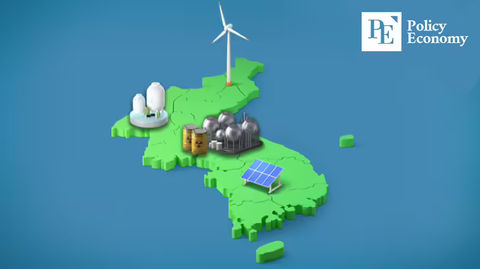
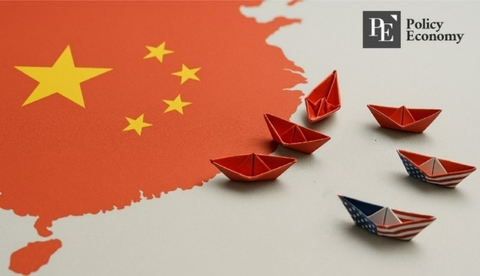

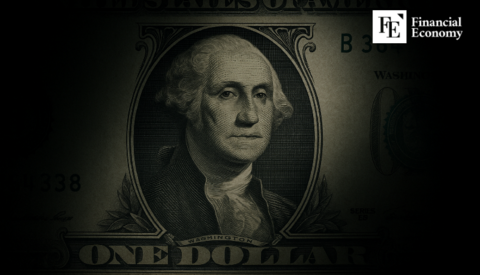
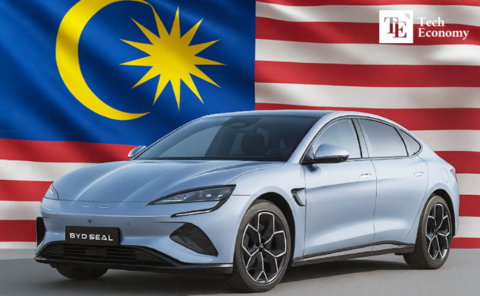
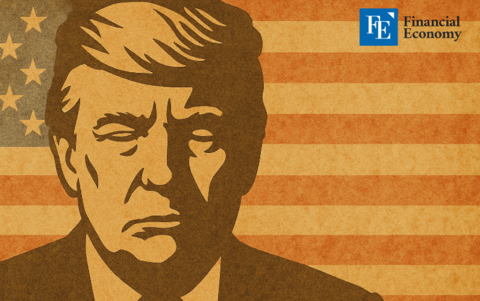
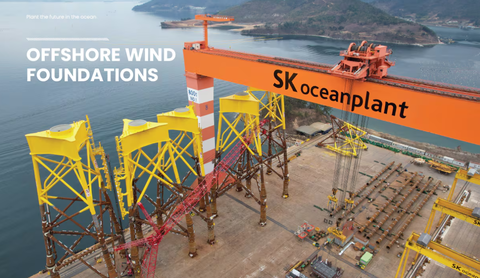
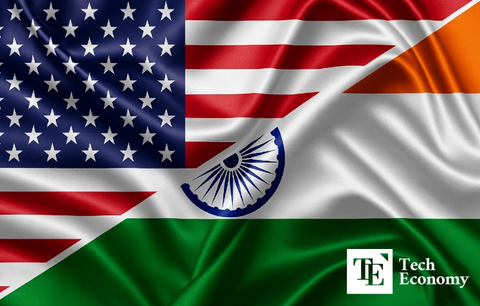
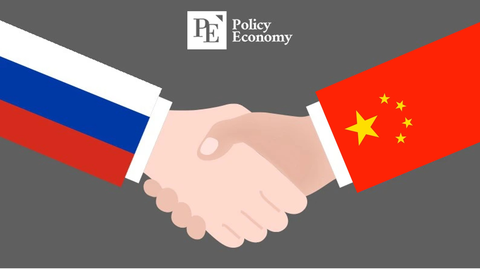












Comment